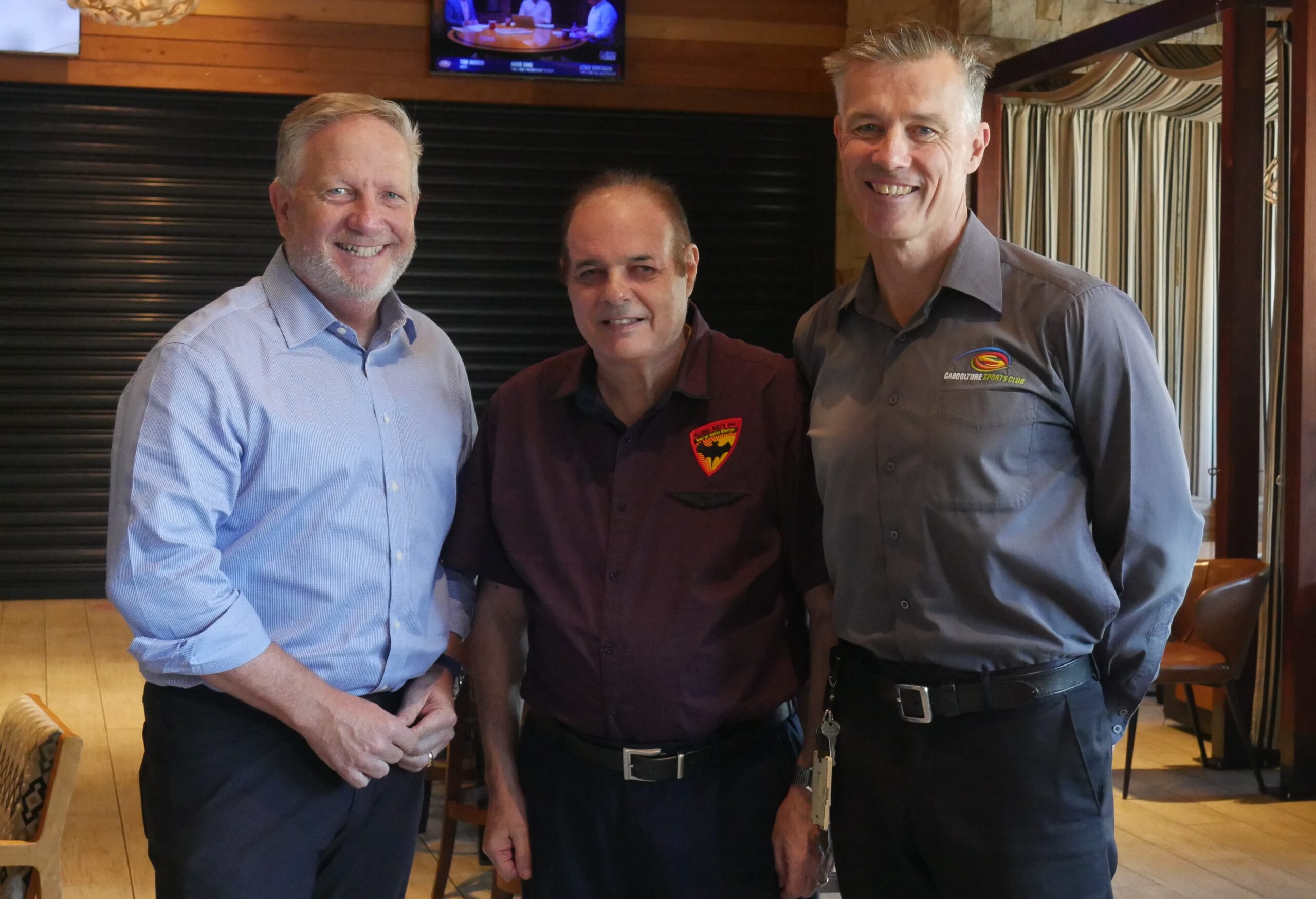A Brisbane academic believes within twelve months drones could deliver parcels in rural and remote locations of Queensland.
Australia Post has recently announced it will begin trialling drones to deliver parcels across the country within 12 months.
Parcels, weighing up to 2 kilograms, could be flown up to 25 kilometres to homes throughout Australia.
Operations Manager at Queensland University of Technology’s Australian Research Centre for Aerospace Automation (ARCAA), Andrew Keir, said drones would be seen in regional skies before they appeared in urban locations.
“It’s an interesting move and one that has captured the imagination of many global companies, it’s not just Australia Post investigating this,” he told 612 ABC Brisbane’s Spencer Howson.
The companies need to be able to interact in the airspace like any other airspace user does
Andrew Keir, Australian Research Centre for Aerospace Automation
“We’ve seen Swiss Post and Singapore Post doing trials, and DHL in Germany, as well as Google and Amazon all fiercely contesting this space and investigating the viability of drone delivery.”
Mr Keir said due to Civil Aviation Safety Authority (CASA) regulations, parcels would only be delivered in open airspace.
“I would be cautious to say that it would be happening in the next 12 months, particularly in the urban corridor,” he said.
“I think in the next 12 months we will see more extensive trials in rural and remote areas as Australia Post works through with CASA to become a certified operator to do it in the commercial sense.”
Testing different drones for different locations
Mr Keir said it would take Australia Post time to determine what types of drones would work best in different locations.
“There’s always a limitation in the type of technology being trialled, and I think that’s part of why Australia Post is looking at investigating the types of drones they can use,” he said.
“They need to find where that sweet spot may meet their commercial intent in terms of the type of things they are delivering and over what distances.”
To be a commercial operator in Australia, companies need CASA approval.
Mr Keir said to seek approval, Australia Post would need to ensure it had staff within the organisation trained as a chief unmanned aerial vehicle (UAV) and maintenance controllers.
“They also need to have demonstrated a safety case in terms of how they intend to use the drones,” he said.
“Also what areas and applications they intend to use them and how much they know about the drone they are going to be using.
“All this needs to operate in the boundaries of the CASA regulations and they dictate that for regular routine operations you must stay below 400 feet or 123 metres above ground level.”
More drones, more airspace traffic
Other regulations from CASA include only flying drones in daylight when the public can see them and to only fly more than 30 metres from populous areas.
“This may soon change to about 15 metres of people consenting to an operation occurring,” Mr Keir said.
“Importantly they need to do it in visual line of sight so the drone can’t fly beyond the range that the person operating the drone can see it.
“You can get an exemption to this called a beyond visual line of sight, and this will be a critical enabler for Australia Post if they have any type of viability with their business case.”
As traffic in the airspace increases, Mr Keir said communication between drones may be needed.
“The companies need to be able to interact in the airspace like any other airspace user does,” said Mr Keir.
“They need to see and avoid other airspace users and to some degree of overall communication between the two might be something that could be researched along the way, but I don’t think any company is focusing on that at the moment.”
Source: ABC News





